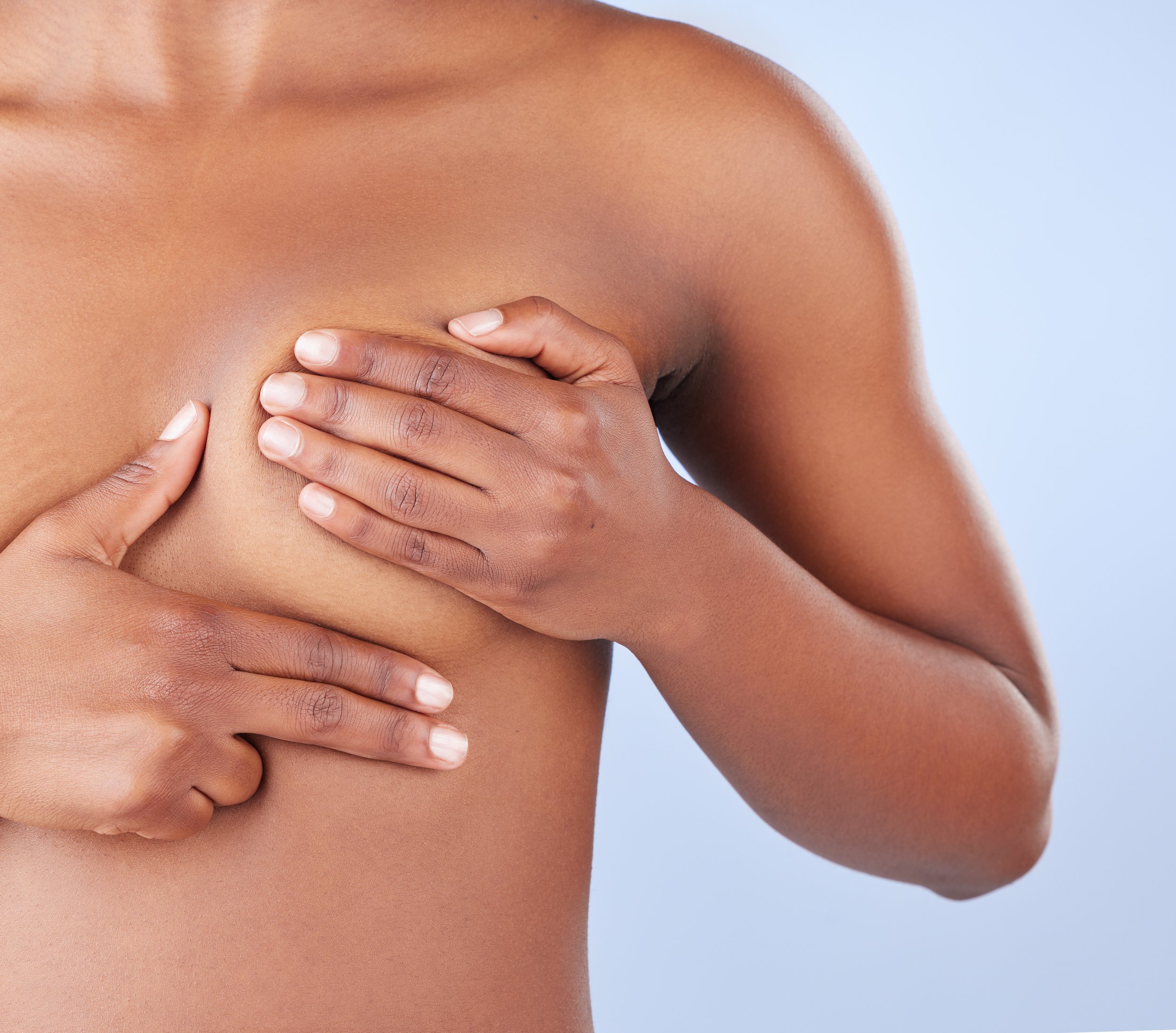Is Breast Pain Getting Worse as You Age?
Tender, swollen, or achy breasts before your period? You’re not imagining it — and if it’s getting worse with age, you’re not alone. Many women find that breast pain becomes more noticeable or unpredictable in their 40s, even if they’ve never had much of it before. The culprit? Perimenopause.
So, what’s actually going on?
Perimenopause is the transitional phase before menopause, and it can start as early as your mid-30s or early 40s. During this time, hormone levels — particularly estrogen and progesterone — start to shift. But it’s not a smooth decline. Think rollercoaster, not gentle slope.
In the early stages of perimenopause, estrogen levels can surge while progesterone starts to drop. This hormonal imbalance, often referred to as estrogen dominance, can trigger fluid retention, breast tissue changes, and increased sensitivity. That can mean more intense breast pain — sometimes even when you’re not expecting your period.
How do you know if it’s hormonal?
Hormonal breast pain:
Often occurs in the week or two before your period
Affects both breasts (usually the outer and upper parts)
Feels like heaviness, tenderness, aching — and for some women, even a burning or pulling sensation
Eases up once your period starts
What can help?
If this sounds familiar, there are supportive ways to reduce discomfort and rebalance hormones:
Balance blood sugar – Avoid large spikes and crashes by combining protein, fibre, and healthy fats at each meal, and limiting ultra-processed snacks and sugary drinks. Balanced blood sugar helps lower insulin, which can reduce estrogen dominance and inflammation.
Support liver detoxification – Your liver processes excess estrogen, so support it with cruciferous vegetables (like broccoli, cauliflower, kale), plenty of water, and sources of fibre (flaxseeds, oats, legumes).
Try magnesium and vitamin B6 – These nutrients support hormone metabolism and reduce PMS symptoms, including breast tenderness.
Limit caffeine – Caffeine can aggravate breast pain in some women, especially in the luteal phase (the two weeks before your period). Try reducing or avoiding it during this time and see how your body responds.
Track your cycle – This helps you spot patterns and predict when symptoms might peak, so you can plan supportive strategies in advance.
When should you speak to your doctor?
Most cyclical breast pain is harmless and linked to hormonal shifts, but here are some signs to watch for:
Pain in one breast only, especially if it doesn’t follow your cycle
A lump that doesn’t go away after your period
Skin changes, like dimpling, redness, or thickening
Nipple discharge (particularly clear or bloody fluid from one side)
Persistent burning, stabbing, or sharp pain in one area
Changes in the nipple, such as inversion or crusting
It’s always a good idea to check in with your GP if anything feels unusual or concerning.
The bigger picture
Breast pain is just one of many signs that your hormones may be shifting. If you’re also noticing changes in mood, sleep, energy, or skin — it may be time to look at your hormone health more holistically.
My Rebalance Programme is designed to help women in their 30s and 40s navigate these changes with clarity and confidence. With tailored nutrition, testing options, and expert guidance, you don’t have to guess your way through perimenopause.


